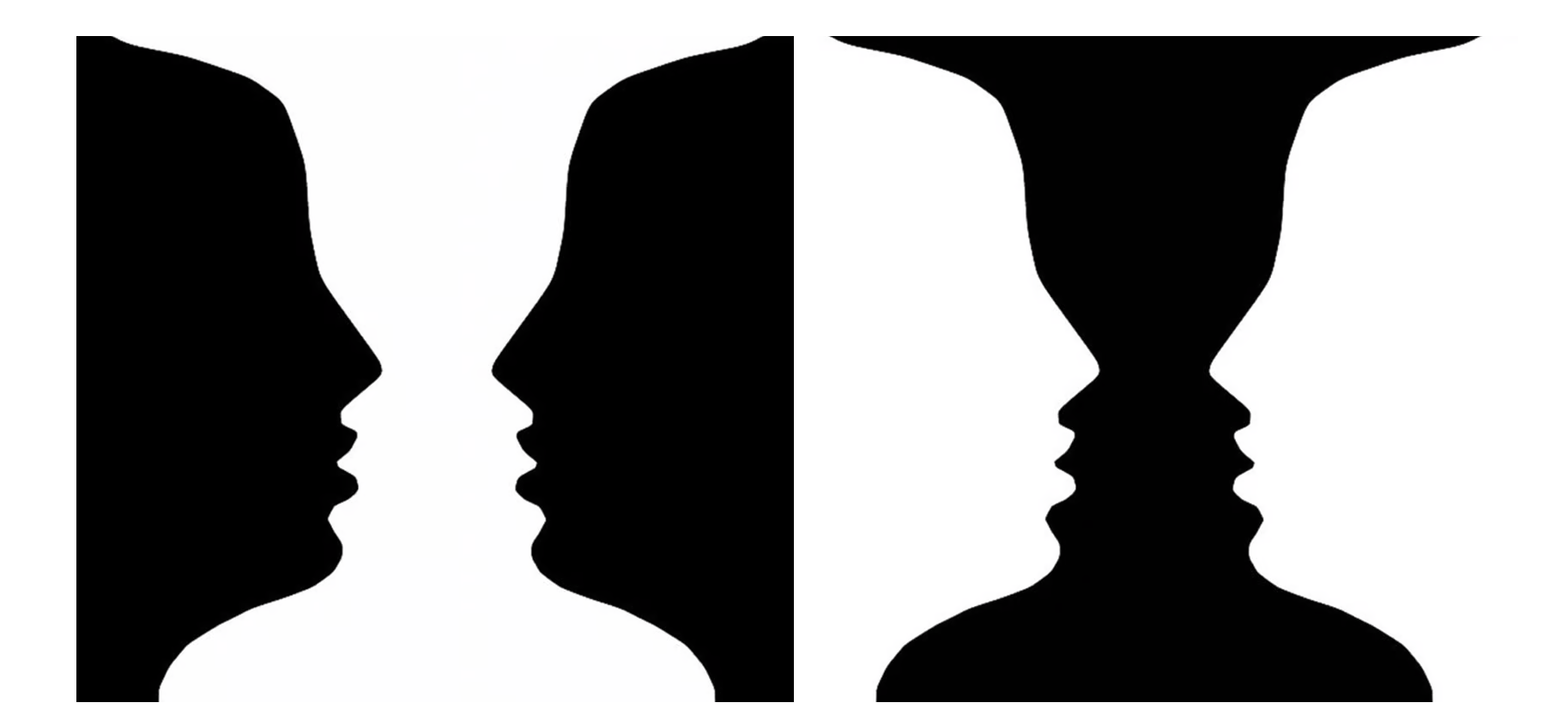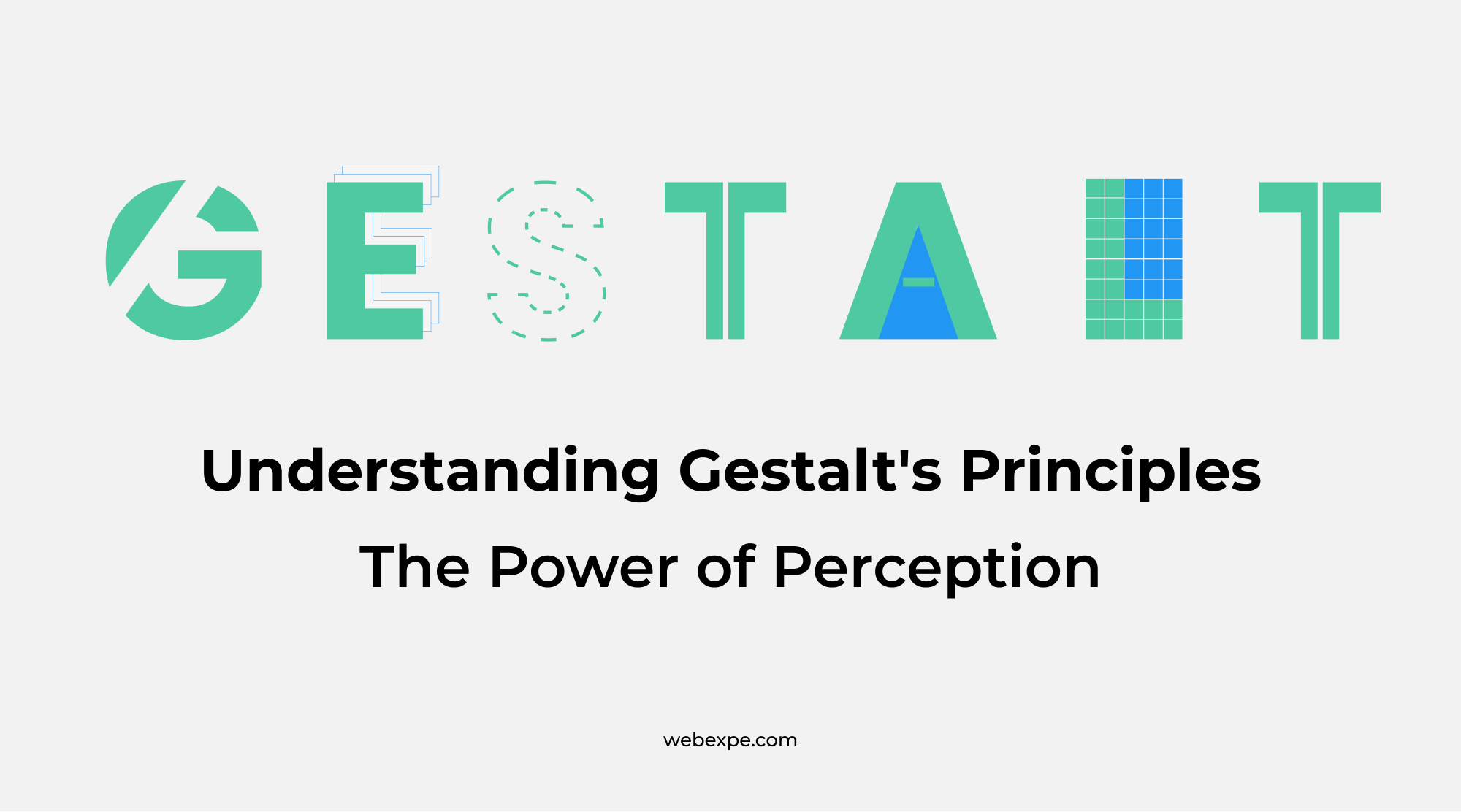Understanding Gestalt's Principles & The Power of Perception.
Have you ever seen a picture and thought it represented more than the sum of its parts? This is so because our brains are naturally good at classifying visual data into meaningful patterns. The Gestalt's principle of perception is this idea.
The Gestalt principles are a collection of guidelines that explain how our brains compile sensory data into a coherent whole. The word "gestalt" is a translation of the German word for "shape" or "form." The whole is larger than the sum of its parts, according to this theory.
Let's look at few instances where Gestalt's idea was put into practise:
Proximity

According to this theory, people tend to regard objects as belonging together when they are closer together. For instance, while looking at a collection of dots on a page, you are more likely to see them as distinct groupings than as individual dots.
Similarity

Objects that are similar to one another in terms of their shape or colour are thought to belong together. For instance, if you observe a collection of circles in a variety of colours, your brain will sort the circles according to colour.
Closure

According to this theory, humans frequently mistakenly think that incomplete shapes are complete. For instance, if you see a circle with a small portion missing, your brain will fill up the gap and you will think the circle is entire.
Continuity

Our minds frequently interpret lines as continuing smoothly and unbrokenly. If an object partially blocks part of a line, for instance, your brain will "fill in the gaps" and make the line appear continuous.
Figure-ground

According to this theory, objects are typically perceived as either the "figure" (the subject of interest) or the "ground" (the backdrop). Your brain, for instance, will interpret of two faces creating a candlestick or vase between them.
The bigger portion of a picture will often be seen by your brain as the ground and the smaller portion as the figure. However, as seen in the image above, lighter and darker colours can affect what is perceived as the figure and what is perceived as the ground.
Common Fate

The Common Fate defines how our brain perceives objects moving in unison. When items travel in the same direction at the same pace, we prefer to view them as a group or a single object, according to this principle.
For instance, your brain will interpret a flock of birds flying in the same direction and at the same pace as one unit rather than as individual birds.
Designers can build more effective and interesting visual compositions by knowing these principles. Closeness and Similarity, for example, can assist generate a sense of unity and cohesiveness in a design, whilst closure and continuity can help direct the viewer's eye through the composition.
Finally, Gestalt's perception principle gives a framework for understanding how our brains organise visual information. We can develop more effective and compelling visual compositions that capture and hold the viewer's attention by using these ideas to our designs and artwork.






